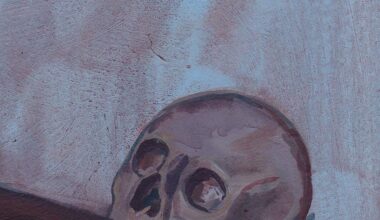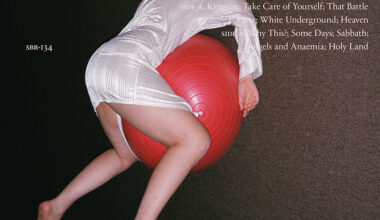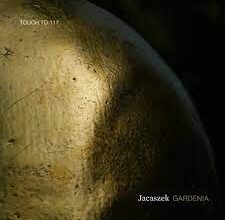The tireless work ethic of this cult Belgian producer highlights a missing piece of the rave puzzle

Picture the scene. You’re in a Birmingham nightclub in 1988. It’s student night, a pint is 80p, and the DJ has just played REM, The Wonder Stuff and The Smiths to general approval and much shuffling of Doc Martens.
Next up is something new from Pop Will Eat Itself, who are shedding their grebo image to embrace hip hop on a track called ‘Def. Con. One’. It’s pretty startling in the context of what you’ve already heard, but even this giant leap forward for indie is dwarfed by what comes next – ‘Headhunter’ by the Belgian group Front 242. A mix of declamatory vocals and Cabaret Voltaire-style industrial-funk, ‘Headhunter’ is a key EBM cut of 1988, indeed of the genre as a whole. It’s followed by a new beat track, Taste Of Sugar’s ‘Hmm, Hmm’, which despite also originating in Belgium is a eurodisco kind of danceable compared to the Batcave-friendly chugging of ‘Headhunter’. ‘Hmm, Hmm’ is fun – high-pitched vocals and lyrics about oral sex – but it’s a novelty record compared to the mighty Front 242.
Fast forward to now. These days, we’re asked to believe that not only are ‘Headhunter’ and ‘Hmm, Hmm’ related, but that EBM spawned new beat and together they paved the way for rave, bringing the student-night clubgoers along for the ride. Indeed, Wikipedia calls new beat “a crossover of electronic body music (EBM) with the nascent Chicago-originated acid and house music,” adding that the sound was also “heavily influenced by new wave and darkwave acts such as Fad Gadget, Gary Numan and Anne Clark”.
What? Seriously? If that’s the case, then where did this darkness go in the meantime? Frankly, if you take new beat as represented by ‘Hmm, Hmm’ or the equally archetypal ‘The Sound of C’ by Confetti’s, then asking ‘Headhunter’ plus new beat to equal rave is like asking two and two to equal jelly. It just doesn’t make sense. There’s obviously something missing.
The answer – the missing link, if you like – lies with this two-disc compilation of material from the hands of Belgian producer Ro Maron (real name Rembert De Smet), who also sometimes operated under the name Agaric. Maron worked both alone and with collaborators such as Ferre Baelen of TC Matic and Maurice Engelen from Belgian rave favourites Praga Khan – and the edgy buzz of the latter is an indication of where we end up at the end of more than two hours of erratic and mercurial Maron brilliance.
By settling on a period of time only glanced at by 2013’s ‘The Sound Of Belgium’ box set, ‘Collected’ focuses on the point where new beat began to look like a genre of music capable of bridging the dark narratives of EBM with the velocity of rave. Things kick off with the sound of change. Zsa Zsa La Boum’s ‘Something Scary’, one of only two tracks that this compilation has in common with ‘The Sound Of Belgium’ (the other being 2 Body’s ‘Body Drill’) is significant in illustrating the crossover from the original new beat style to the harder-edged material that was to follow. It does it with the simple expedient of adding spashes of 303, tribal drumming and an unsettling vocal sample from horror movie ‘The Entity’. Job done.
And there you have it. It had taken a couple of years but in that one track, Maron forged the link between EBM, new beat and rave. Working at an incredible rate of knots, he released his music the moment it was finished, sampling all and sundry, applying liberal amounts of acid, and advancing the sound with each new release. The aforementioned ‘Body Drill’ by 2 Body found favour at Junior Vazquez’s Sound Factory, while Air Of Gloom’s ‘Meditation’ plunders Enya’s ‘Orinoco Flow’.
As ‘Collected’ progress, the material gets harder, darker, and more hectic – brilliantly, deliriously so in the case of Agaric’s ‘Tiled Room’. Instrumental and dub mixes on the second disc demonstrates how the sound stretched its wings. The Rhythm Kings’ ‘A La Recherche Du Temps Perdue’, for instance, is a full-on 303 wig-out that would happily grace any acid set today.
The results are occasionally samey, so this isn’t the sort of album you’d want to devour in one go. But as an artefact, as a moment in time and as an answer to the question “How did we get from there to here?”, it’s a more than worthwhile listen and an essential companion to ‘The Sound Of Belgium’.





